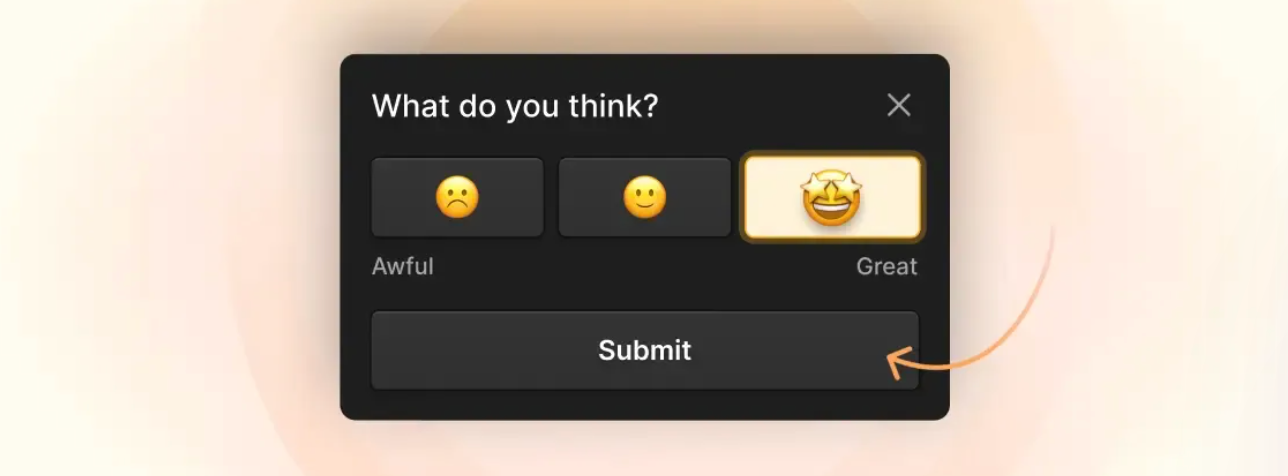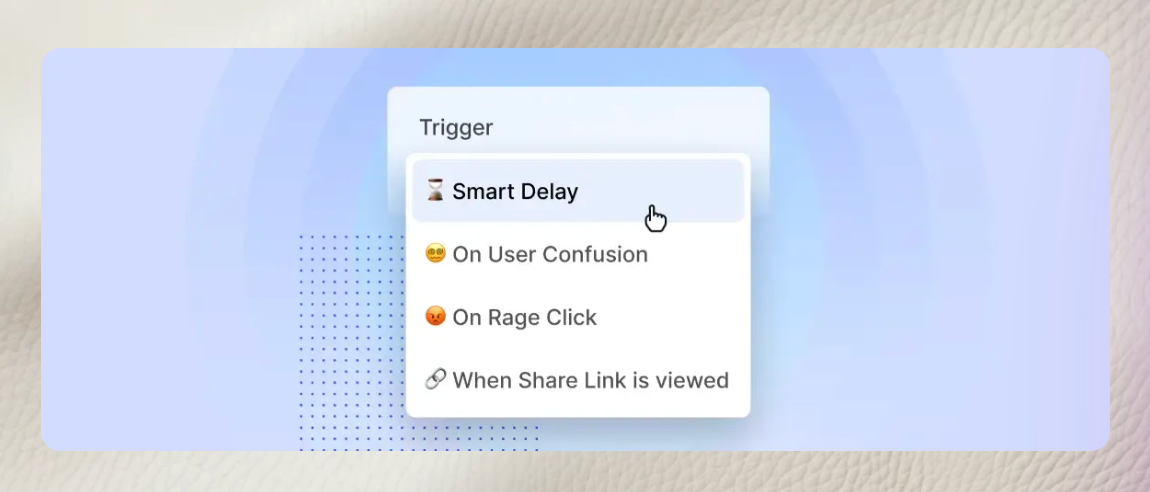How the product adoption curve explains TikTok's growth and can boost yours
We'll use the Product Adoption Curve and TikTok to explain how you can grow the adoption of your product.

To most people in the world, product adoption curve sounds about as interesting as vehicle registration form or three compartment sink.
Maybe you're one of those people. Well, I'm not—and today I'll convince you that you shouldn't be either.
Because the product adoption curve can help you kick your growth into a new gear – you can hit higher speeds with much less effort than you thought possible.
The Product Adoption Curve is one such framework that describes the technology adoption life cycle.
What is the Product Adoption Curve?
The Product Adoption Curve framework is a theory developed by social scientist Everett M. Rogers’ in a book about the growth of new technologies called Diffusion of Innovations. The gist is this: groups of people adopt new technologies depending on which of the following groups they fall into:
- Innovators (2.5% of the population)
- Early adopters (13.5%)
- Early majority (34%)
- Late majority (34%)
- Laggards (16%)
A visual representation of these groups is shown below, on top of a bell curve.

In this post, we'll use the Product Adoption Curve framework to unpack the explosive growth of one of the most popular new technologies on the planet -- TikTok. And along the way, you'll see how product managers and anyone else can learn from TikTok's growth to power the spread of your own product and improve user onboarding.
Technology adoption life cycle
The Product Adoption Curve framework describes the progression of a technology from its first users to its last. As you read through the stages below, try to identify:
- Where your product currently falls on the curve
- Whether your strategy is tuned appropriately for the stage you are at
This exercise will ultimately accelerate product adoption by helping you specify your own product's lifecycle and focus your efforts on moving from the left of the curve to the right.

Innovators
Who were TikTok's very first users? The app we know as TikTok today launched in 2014 as Musical.ly. Its first users downloaded Musical.ly to create 15-60 second lip-syncing videos. Using the Product Adoption Curve framework, we call these people Innovators.
The key thing that characterizes innovators is that they like using new technology. These are people who scroll through the app store to check out new apps. When they see a friend using something new and unfamiliar, they want to try it too. They're not waiting for a problem or motivation to seek out a new solution: they seek out newness for the sake of newness. They are technology enthusiasts.
They are risk takers because they're willing to use a product before widespread use has optimized it. The world owes a lot to these people because, without them, companies would find it much harder to get off the ground.
Many cutting-edge products die here. A good example of this is Google Glass. This high-tech project had backing from major investors. Some silicon valley thought leaders were excited to pay premium prices to taste, erm, see, the future. But despite creative marketing tactics and strong market share in other industries, Google wasn't able to drive adoption beyond this early group. This is a great example of how legitimately new innovations aren't always great businesses. Selling disruptive products is often harder than coming up with them in the first place.
This is a good time to really try and understand user intent – what it is that users are looking for in your product and the problems they hope it will solve. Mastering this will propel you into the next phase of the curve: early adopters.
Early adopters
After the first few million Musical.ly users came the early adopters. These people saw the early success of Musical.ly and were willing to take a bet on this new, promising platform. A notable example of a TikTok early adopter is Loren Gray, who was the first person to acquire 40 million Musical.ly followers.
The key difference between early adopters and innovators is that innovators like new stuff just because it's new, whereas early adopters have some problem that the new product solves and are therefore willing to give it a try. Very early musical.ly users enjoyed playing around with this cool new app; early adopters wanted to leverage its unique properties to grow a following.
From the TikTok example, we can also learn an important lesson about the Product Adoption Curve framework: the value proposition of a product will be different for each group on the curve. For innovators, the primary value proposition of musical.ly was its innovative lip-sync editor. For early adopters, the main interest was developing a following using the app's algorithmic feed. This has a knock-on impact. Things like a product's "aha!" moments can alter by stage, to0.
It's important to note that early adopters, while a sizable chunk of the population, aren't mainstream customers. They are more likely than most to overlook flaws or pay higher prices to get access to the new thing. Nonetheless, the early adopter phase represents a huge growth spurt over the innovator phase. If you get here, you are getting something right.
It's important to nurture your early adopters; they'll be your power users, and advocates, who help spread the word about your product and drive you into the next stage.
Early majority phase
If you're into business books, you have probably heard the phrase "Crossing the Chasm", which is a book by Geoffrey Moore (now in its third edition). Well, you just crossed it. "The chasm" refers to the gap separating early adopters from the early majority. It is the most treacherous zone in the product lifecycle, and successfully navigating this fault line separates the big-and-valuable from the small-and-less-valuable.
This vast chasm exists because the early majority needs to be convinced that your product solves a problem better than existing solutions. For social apps, network effects can help or hurt the crossing of the chasm. Network effects can draw in users from similar groups onto the network -- my friends are using TikTok, so I should too. But if I'm a 40-year-old dad, why do I care that a bunch of teens is posting dance videos on TikTok? The existing user base doesn't necessarily draw in new users from the early majority. It's not a seamless transition. The early majority waits to be convinced your thing is worth their attention.
While your early adopters might have been willing to overlook friction points in your product, the early majority will be less forgiving. Now's a good time to invest in making your UX frictionless with silky-smooth product flows or even unshipping features that make it more difficult for users to understand.
For TikTok, bridging the gap meant refining its product and proving it was a safe bet: that people wouldn't be wasting their time by using the app. For TikTok, this meant focusing on editing tools to draw more content creators to the platform and also converting content consumers to content creators since TikTok thrives on user-generated content. To do this, TikTok introduced several editing tools that made it easier for users to create and edit videos. These tools included features such as the ability to add text, filters, and special effects to videos. This helped to make the platform more accessible to a wider range of users who may not have had previous experience with video editing.
To better understand the changes you'll need to make in your product, the feature adoption funnel can be another useful framework.
Late majority
The late majority is, in this writer's opinion, the most boring of the groups. They're maybe better characterized as the "stubborn majority," who are a bit more set in their ways and need a bit more convincing to use a new tool.
TikTok is in this phase currently in the US market. Already 150 million Americans use TikTok. If we use the numbers from our bell curve above, that means TikTok has just crossed the early majority phase and moved into the late majority. For TikTok, the late majority consists of individuals who have some reason to resist the gravitational pull of TikTok's addictive algorithm and growing social graph. They may be resistant to the fact that the app is owned by a Chinese company with a history of surveillance. Or they may think of TikTok as a social harm.
For B2B SaaS businesses, the late majority usually has fewer relevant pain points or a smaller budget to work with. In TikTok's case, these are probably Twitter, Snapchat, or Facebook diehards. People who really enjoy the unique features of the platforms they are already on, and will probably wait for most of their friends to join TikTok before they make the switch.
Once you reach the late majority phase, you're in the endgame. This represents the last big growth opportunity before you start to hit diminishing returns. Together, the early and late majorities represent the bulk of any market opportunity and technology adoption process. You could call the early and late majorities collectively the "mainstream market."
Laggards
Laggards are the Luddites. They actively resist new things and try as hard as possible not to join in. In TikTok's case, these are probably older people who don't use much social media because their social group isn't present on any platform. Or they may be people who have concerns about privacy, security, or the addictive nature of social media.
It's worth asking -- will TikTok ever reach these people? Our grandparents use Facebook these days, so who knows? But it's a reasonable question to ask, and TikTok might not care about the answer. Laggards are so resistant to new things and relatively small, so it's often not worth investing much to reach them. If you've already captured 97% of your relevant market, do you need to tweak your value proposition or come up with a new marketing message or build new features just to tackle the last few %? You might be better off going back to the drawing board, identifying a new market and new target customer, and starting the journey all over again.
But your market dynamics may vary, of course. Technology adoption models can only give you so much insight into your strategy. There is no substitute for "friction with reality." This is especially true in the digital world of high-tech consumer markets, where new insights about the preferences of a specific customer segment can often unlock massive opportunities.
Improving adoption
An easy and clean way to improve adoption is with great user onboarding and getting folks to value quickly. One of the best ways to do this is to build simple but helpful product tours in Command AI.
Below, you can see how a product tour can quickly get folks up to speed on the products core functions.
This helps with locating features as well as using them – you're creating new behavior patterns, and making it as easy as possible to start them as key!
You can also deploy nudges to collect feedback and and improve your user insight.

Even small surveys like this one can be helpful, precisely because they're unintrusive and easy to quickly respond to. This is even more true when you use smart targeting for all of your nudges in product.

You can go beyond traditional time or segmentation triggers, and base things off of unique user behaviors like frustration or confusion or rage.
All together, no matter what stage you are in, you can imoprove adoption with clean UX, better in-product experiences, and smarter targeting using our platform.
Bite-sized insights
- The Product Adoption Curve encompasses five distinct stages of adoption
- Whether you're a small business or a huge new technology, the Adoption Curve describes your path to greatness
- You can visualize the five stages on a bell curve
- Each product adoption curve stage will have a different set of pain points they care most about
- To cater to the next group, you will likely need to explore new strategies -- emphasize a different pain point, marketing message, and channels. Companies that don't realize this will be at a competitive disadvantage.
- It might not be worth pushing all the way to laggards
- Getting to the early majority phase is called "crossing the chasm" and is the hardest to nail. Once you do this, you can consider your product a mainstream success.
- You should know the different stages, and what stage you're at so you can align your entire go-to-market strategy around it: your roadmap, your messaging, and your product.
